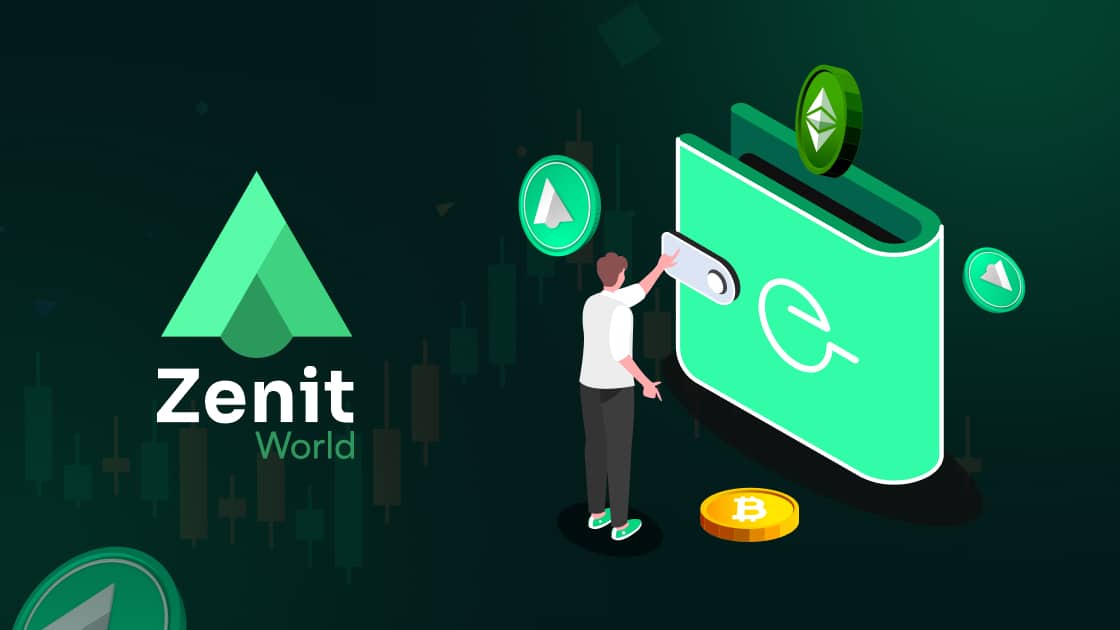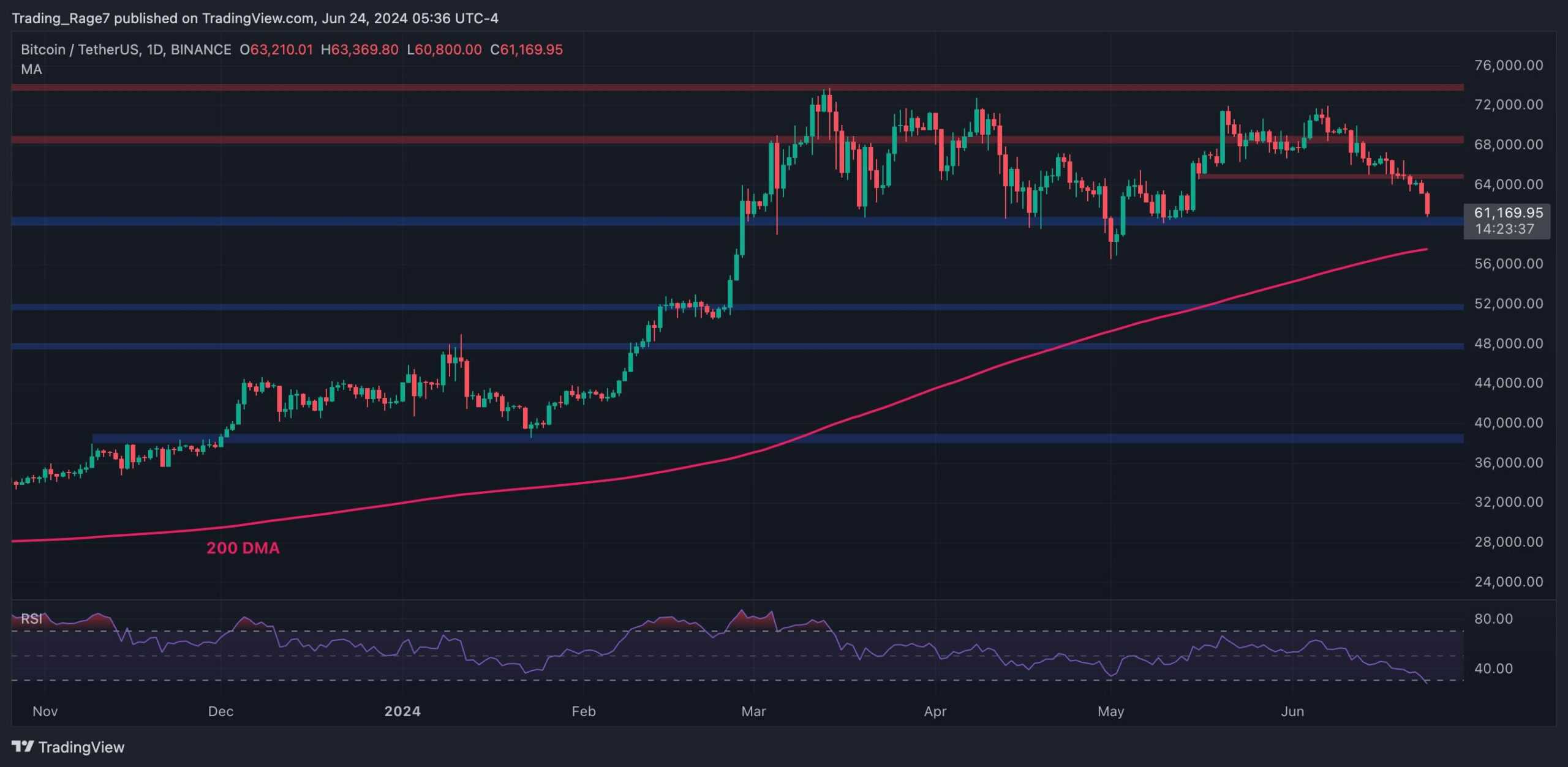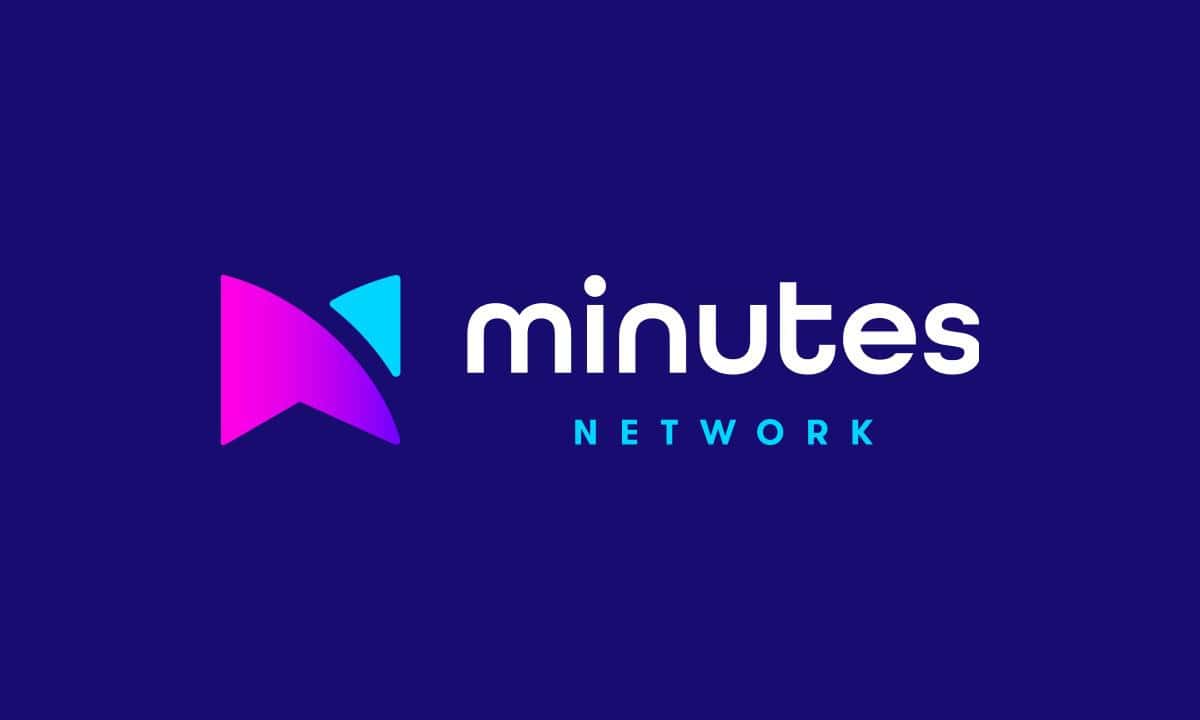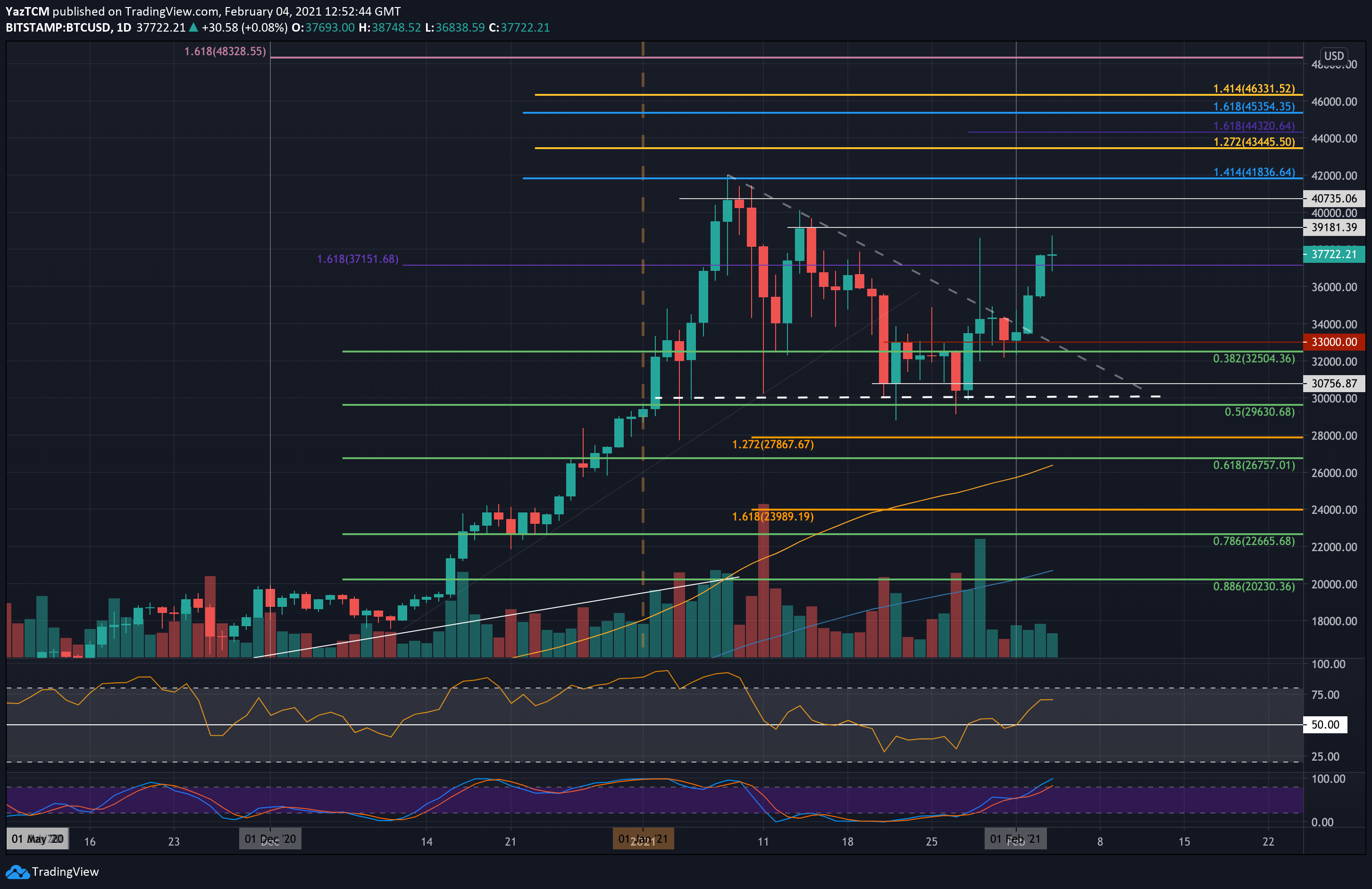Choosing the Right Crypto Wallet For You: Zenit World
Cryptocurrency wallets are essential tools for storing, sending, and receiving digital assets. Without a wallet, you cannot access your digital assets or use it to make transactions. In this article, we share the different kinds of crypto wallets, how to set one up the right way, and best practices to never get locked out of your wallet.
Nearly a decade ago, James Howells, an IT worker, lost over $200 million when he threw a hard drive containing the pass keys to his crypto wallet into the bin. In most cases, losing access to a crypto wallet, whether due to a forgotten passphrase or lost private keys, means that the coins stored in that wallet are effectively inaccessible.
The story of James Howells serves as a stark reminder of the importance of safeguarding the private keys of your crypto wallet.
There are many different types of crypto wallets available, each with its own advantages and disadvantages. Some of the most popular types of crypto wallets include:
- Software wallets: Software wallets are installed on your computer or mobile device. They are relatively easy to set up and use but are more often targeted by hackers compared to other wallet types.
- Hardware wallets: Hardware wallets are physical devices that store your digital assets offline. They are very secure, but they can be more expensive and difficult to use than software wallets.
- Paper wallets: Paper wallets are physical pieces of paper that contain your cryptocurrency’s public and private keys. They are very reliable, but they can be easily lost or damaged.

Choosing the Right Crypto Wallet for You
When choosing a crypto wallet, it is important to consider your individual needs and preferences. Some factors to consider include:
- Safety: How important is it to you? If you are storing a large amount of digital assets, you may want to choose a more reliable wallet, such as a hardware wallet.
- Ease of use: How easy is the wallet to use? If you are new to digital assets, you may want to choose a wallet that is easy to set up and use.
- Cost: How much are you willing to spend on a wallet? Software wallets are typically free, while hardware wallets can range in price from around $100 to $300.
- Features: What features are important to you? Some wallets offer additional features, such as the ability to stake digital currency or exchange digital assets for other currencies.
Setting Up Your Crypto Wallet
Once you have chosen a crypto wallet, you will need to set it up. The specific steps involved will vary depending on the type of wallet you have chosen.
1. Setting up a software wallet
To set up a software wallet, you will typically need to download and install the wallet software on your computer or mobile device. Once the software is installed, you will need to create a new wallet.
When creating a new wallet, you will be given a public key and a private key. The public key is used to receive digital assets, while the private key is used to send. It is important to keep your private key secret, as anyone who has your private key can access your digital portfolio and do what they wish with your digital assets.
2. Setting up a hardware wallet
To set up a hardware wallet, you will typically need to connect the wallet to your computer or mobile device. Once the wallet is connected, you will need to create a new wallet on the wallet device.
When creating a new wallet, you will be given a public key and a private key. The public key is used to receive digital assets, while the private key is used to send digital assets. It is important to keep your private key secret, as anyone who has your private key can access your digital portfolio and do what they wish with your digital assets.
3. Setting up a paper wallet
To set up a paper wallet, you will need to generate a new public and private key pair. You can do this using a paper wallet generator website. Wallet generator websites are open-source online software programs that can generate unique public and private keys for your crypto wallet.
Once you have generated a new public and private key pair, you will need to print out the paper wallet. The paper wallet will contain a QR code for your public key and a private key.
It is important to keep your paper wallet in a safe place. If you lose your paper wallet, you will lose access to your digital assets.
Funding Your Crypto Wallet
Once you have set up your crypto wallet, you will need to fund it. You can do this by purchasing digital assets from a crypto exchange like Zenit World or by receiving them from someone else.
To purchase digital currency from a crypto exchange, you will need to create an account and deposit money into your account. Once you have deposited money, you can use it to purchase cryptocurrency.
To receive digital assets from someone else, they will need to send the digital assets to your public key.
Sending and receiving digital assets
To send digital assets, you will need to know the public key of the person you are sending the digital currency to. You will also need to specify the amount you want to send.
To receive digital assets, you will need to give the person sending you the digital assets your public key.
Get Zenit World’s Crypto Wallet
For those who wish to have an extra layer of reliability, perhaps a cold wallet or a paper wallet might be the choice. For those who value convenience and user experience, perhaps a software wallet that integrates with a crypto exchange like Zenit World would make for the ideal choice.
When choosing a crypto wallet, it is important to consider your individual needs and preferences. Zenit World offers users a fiat wallet as well, making it easier for beginners and experts alike to trade in digital assets, swap different currencies, and deposit and withdraw your funds easily.
Learn more about Zenit World and get access to exclusive content, including its latest White Paper.
Follow Zenit World on social media to stay up-to-date on the latest news and trends in the industry.
Twitter — Facebook — LinkedIn — Youtube — Blog — Telegram — Reddit — Linktree
Disclaimer: The above article is sponsored content; it’s written by a third party. CryptoPotato doesn’t endorse or assume responsibility for the content, advertising, products, quality, accuracy, or other materials on this page. Nothing in it should be construed as financial advice. Readers are strongly advised to verify the information independently and carefully before engaging with any company or project mentioned and do their own research. Investing in cryptocurrencies carries a risk of capital loss, and readers are also advised to consult a professional before making any decisions that may or may not be based on the above-sponsored content.
Readers are also advised to read CryptoPotato’s full disclaimer.
The post Choosing the Right Crypto Wallet For You: Zenit World appeared first on CryptoPotato.









